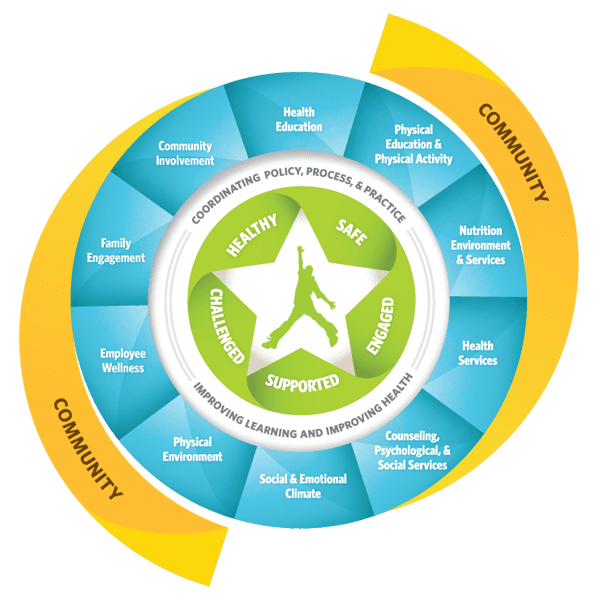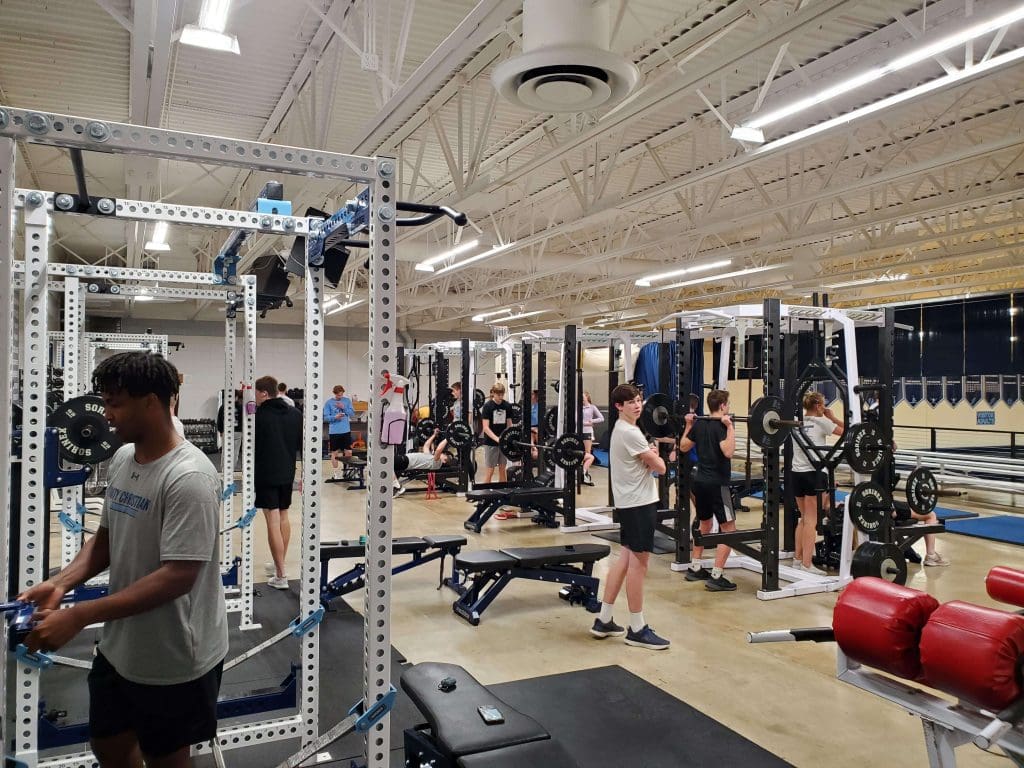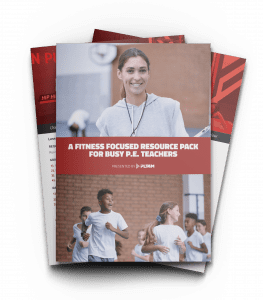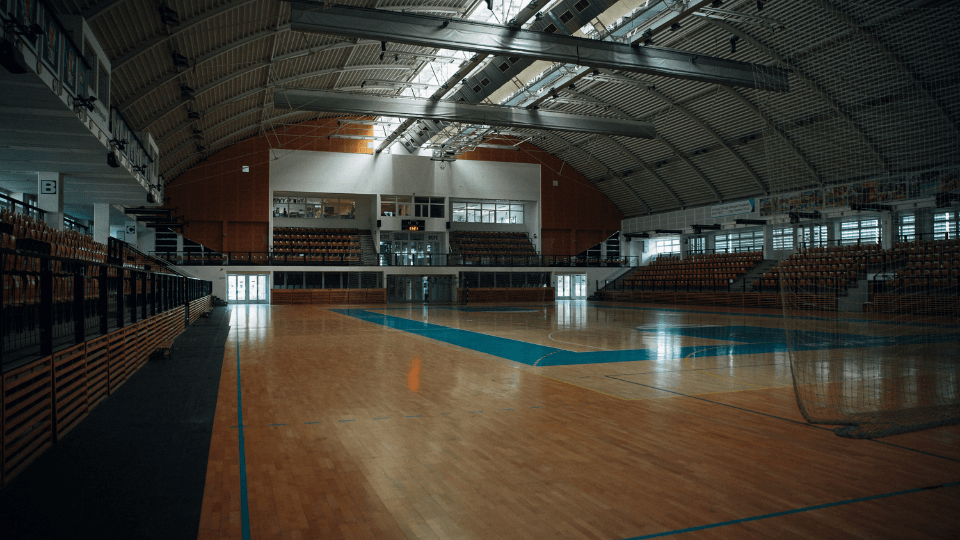In most conversations about improving schools, the role of physical education is an afterthought, or worse, not even mentioned. Instead, we look at core subjects, test scores, and student performance without considering the impact of physical education and activity. But with the creation of the Whole School Model, or maybe better know as Whole School, Whole Community, Whole Child (WSCC) Model, there is a new opportunity for physical education to have a seat at the proverbial education table.
By dedicating physical education (PE) and physical activity (PA) as one of the ten components of the Whole School Model, a new emphasis on physical health opens the door to how we look at PE and PA in schools.

The Lofty Task of 60 Minutes a Day
There is no question that students need regular physical activity. In fact, the CDC says every child from 6 to 17 requires a full 60 minutes a day. As a result, students will have better physical health, mental health, and improved academic performance. Unfortunately, our students are falling drastically short of this recommendation, with only 24% of children ages 6 to 17 getting close to the recommended 60 minutes of activity a day. And this lack of physical activity doesn’t come without consequences – it impacts everything from students struggling to focus in class to staggering rates of childhood obesity.
In the past, we have looked at physical education as the sole solution to addressing physical activity and students’ physical health and well-being. But with the Whole School Model, we should instead consider the coordinated approach to supporting the pursuit of 60 minutes a day of physical activity.
Step 1: Prioritize Physical Education
While physical education should not be the sole solution to physical activity, it can be one of the most significant contributors. Physical education provides students with ample time and opportunity to explore physical activity and introduces skills and best practices for students to take into any environment.
Unless students participate in physical education class every day at your school, there is likely room for improvement. At many schools, physical education only meets once or twice a week. But even a slight increase in class frequency can be a great first step to increasing our physical education and activity investment. While this may feel like a significant shift in the school’s weekly schedule, if we truly embrace the Whole School Model, we need to make a push for more PE.
Free Fitness Lessons For P.E. Classes
Looking to branch out from the traditional games based P.E model? These 15 ready to go lessons can help!
Step 2: Pair PE with Other Physical Activity Opportunities
While physical education class can and should be the bulk of physical activity time for students, even with an increase in PE, there is still a need for other physical activity opportunities to reach 60 minutes daily.
For elementary school students, recess time should also be a priority. I continue to use the word priority because recess is always at risk of being shortened for other “more important things.” But recess is just as important as any other subject or activity we want to get done during a school day.
But what about our middle and high school students that don’t have recess? Movement breaks in class can increase daily physical activity time and help to improve concentration and attention for any grade level, from elementary through high school. For example, it is not unlikely that many students start to lose focus during a 60-minute math class. A quick 5-minute movement break can break up a long class period and refocus students to optimize time during the lesson. To maximize success, physical education teachers can help other classroom teachers identify different activities and movement breaks to incorporate into class.
Step 3 – Create Other Opportunities For Students
Because the Whole School Model calls for a coordinated approach throughout the community, school districts should explore other avenues to provide physical activity to students. Whether it is before and after school opening the gymnasium, or working with local YMCA’s and Boys and Girls Clubs, physical activity can and should take place outside of the school day. The more options and opportunities students have for physical activity, the more equitable we make health and wellness for our students.

Answering The Call Of The Whole School Model
The Whole School Model makes achieving 60 minutes of daily activity possible. For example, elementary school students could have a 20-minute recess, 30-minute PE class, and a 10-minute movement break. High school students could have 5-minute movement breaks in 4 classes and a 40-minute PE class. The combinations and options are endless.
One clear action item for any school is to look at physical education teachers as key stakeholders and contributors in the Whole School Model. Past the work of physical education class, school districts can tap into the knowledge and expertise of PE teachers to coordinate a Whole School approach to physical education and physical activity. By doing so, we can further enhance the Whole School Model and better support the overall health of our students.
For far too long, we have put physical education and activity at odds with other subjects in school. And many conversations about the importance of physical education and activity don’t lead to action. For various reasons, physical education lacks the “wow factor” of other interventions and strategies. But using the Whole School Model, we can take a coordinated approach to help students live happy and healthy lives by implementing physical education and activity throughout the school year. Let’s answer the call of the Whole School Model and make physical education and physical activity staples of our school programs.











